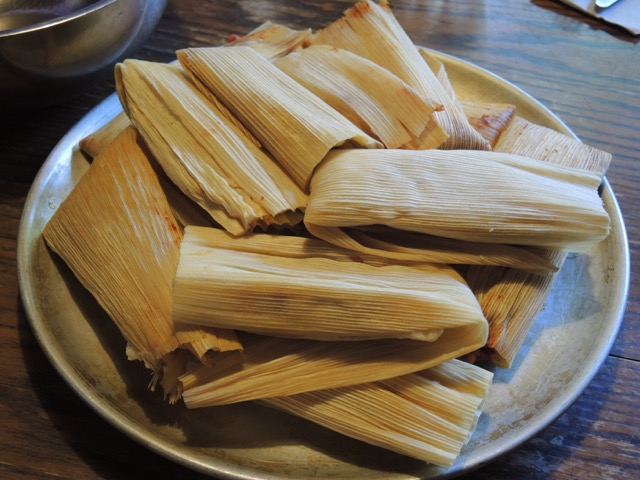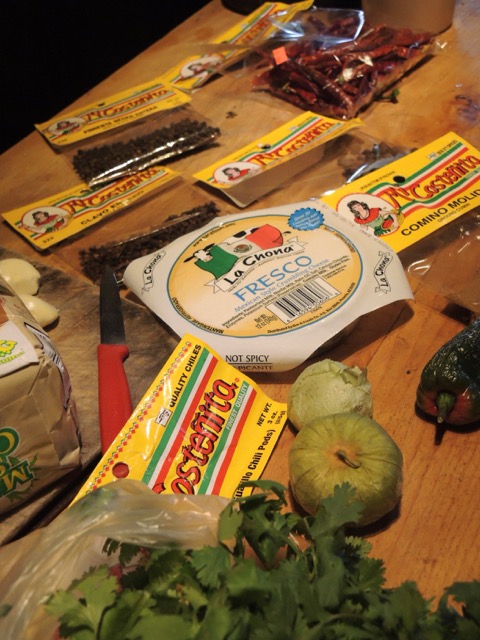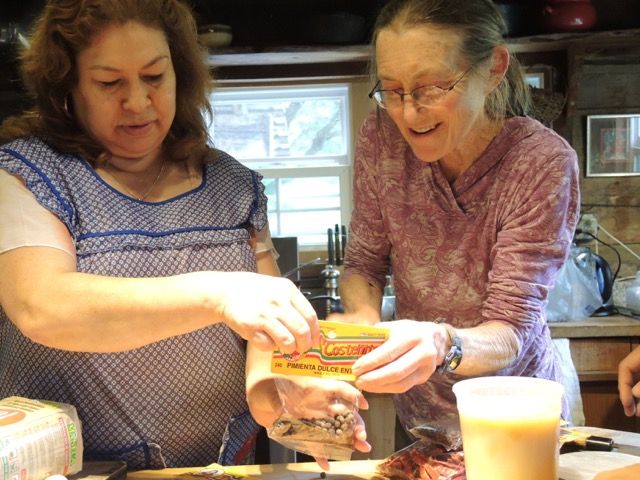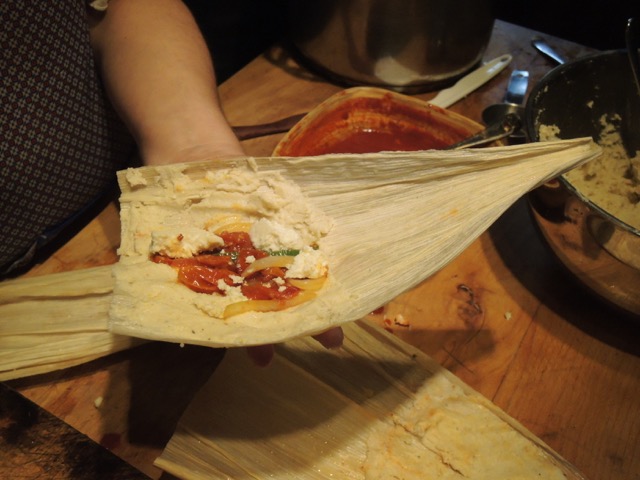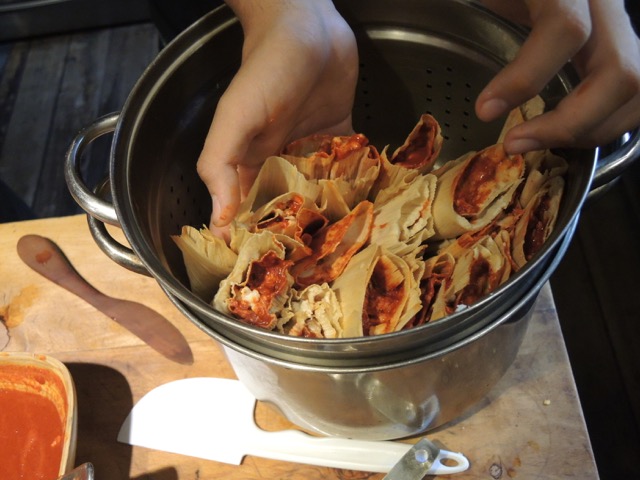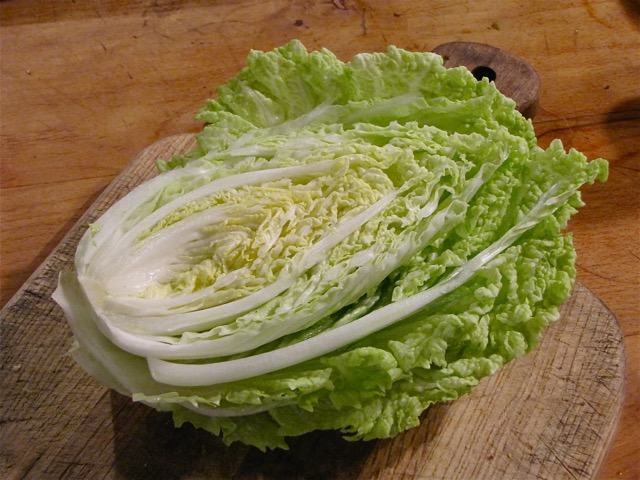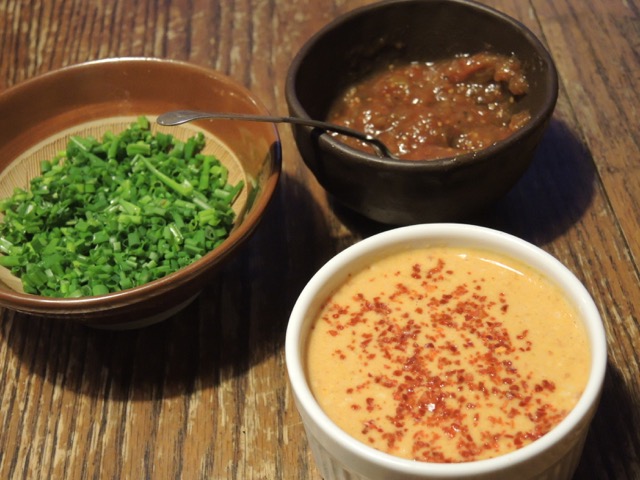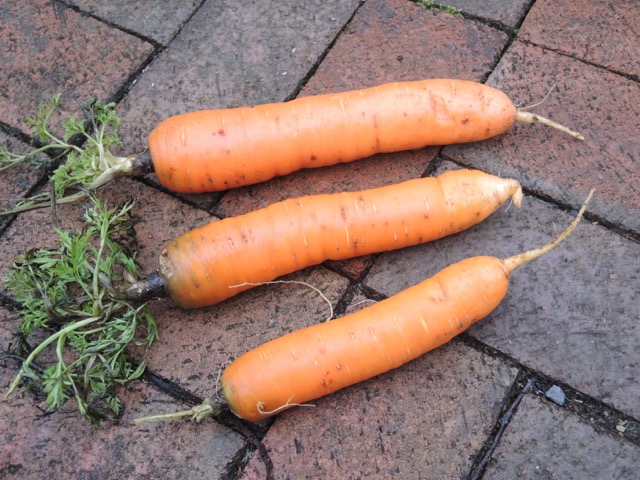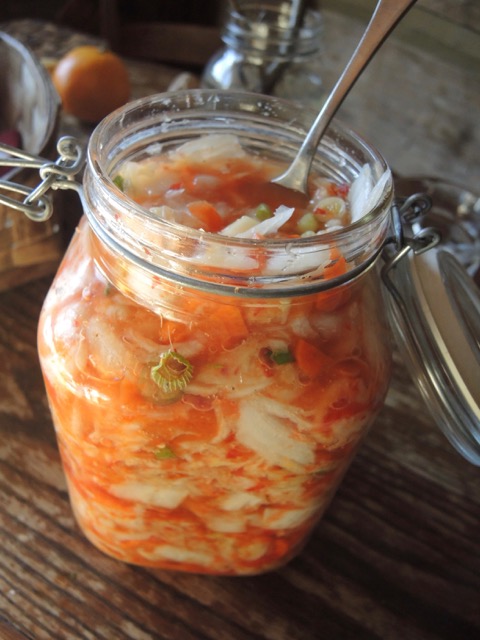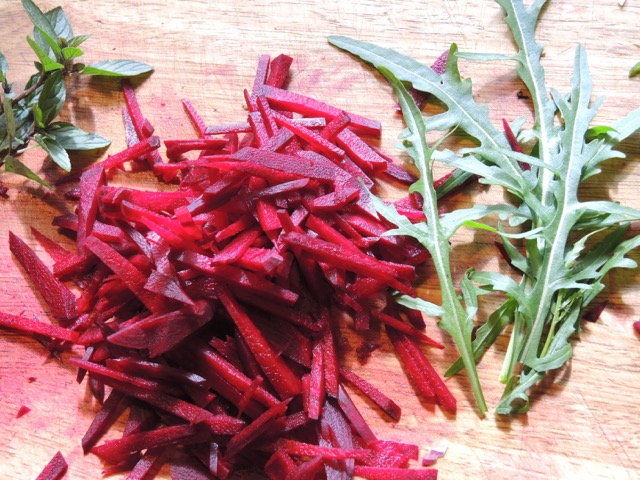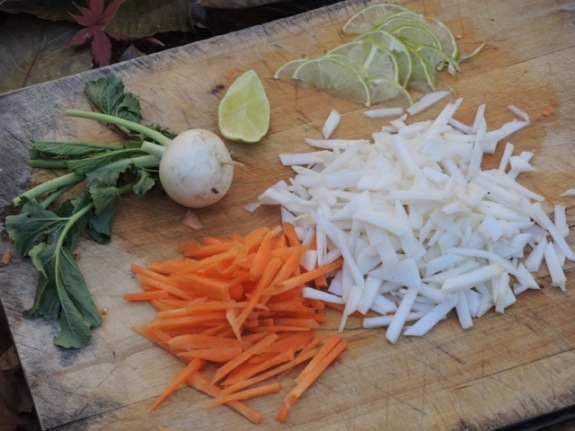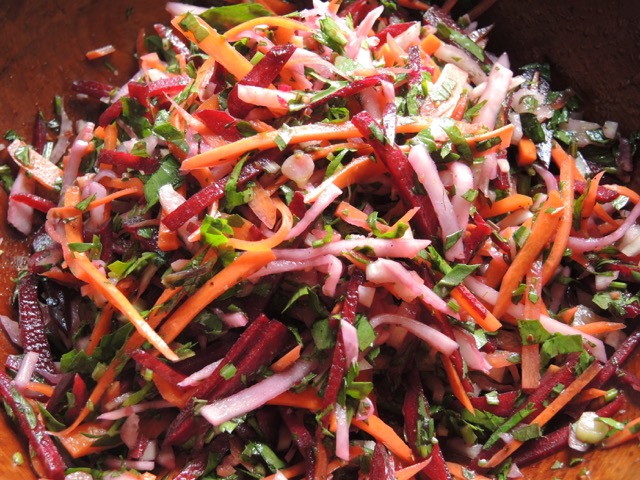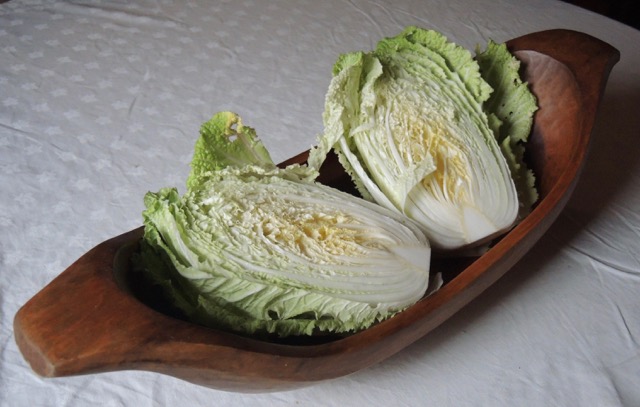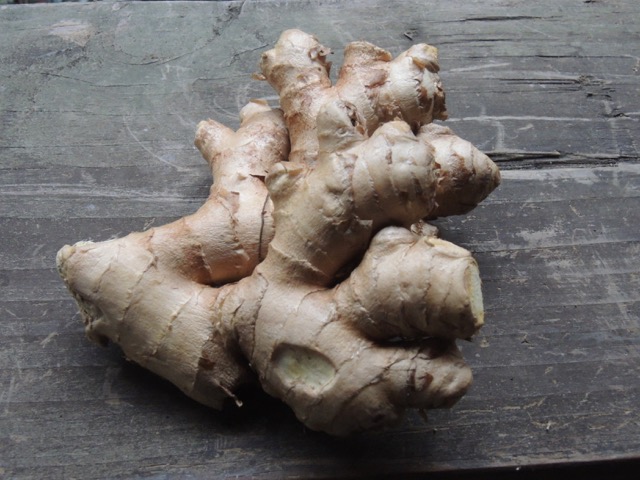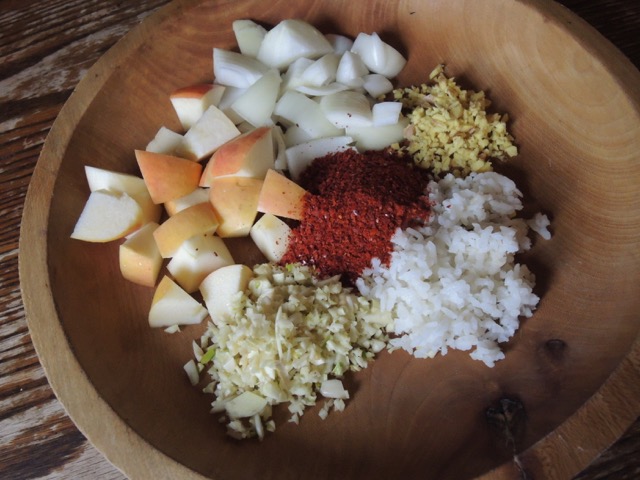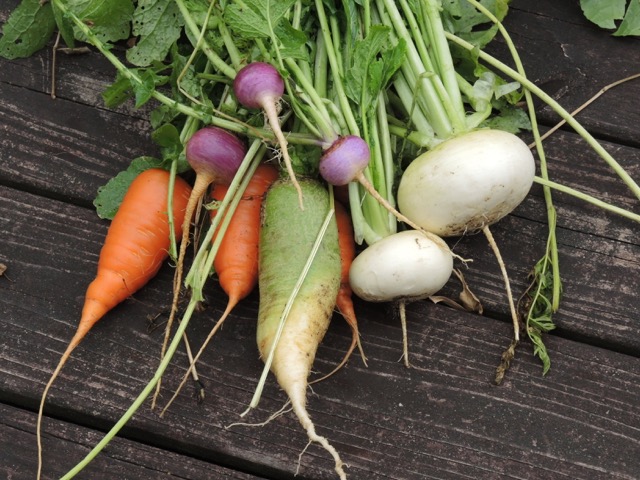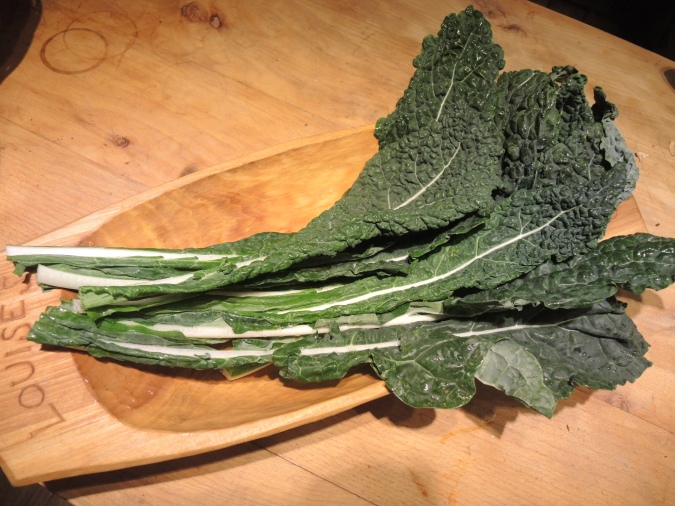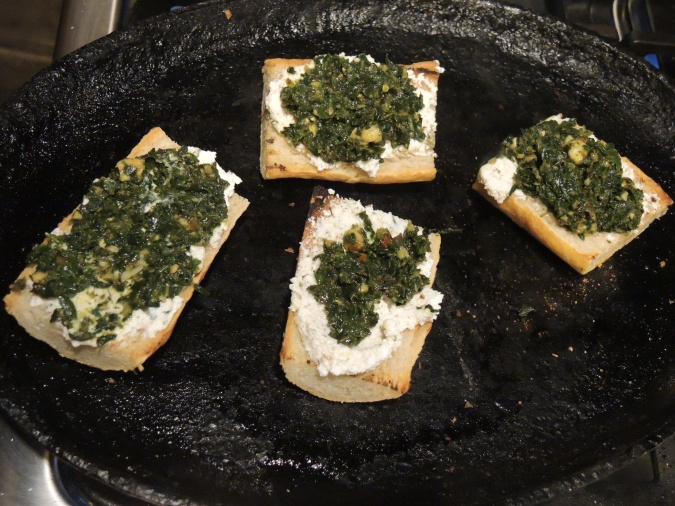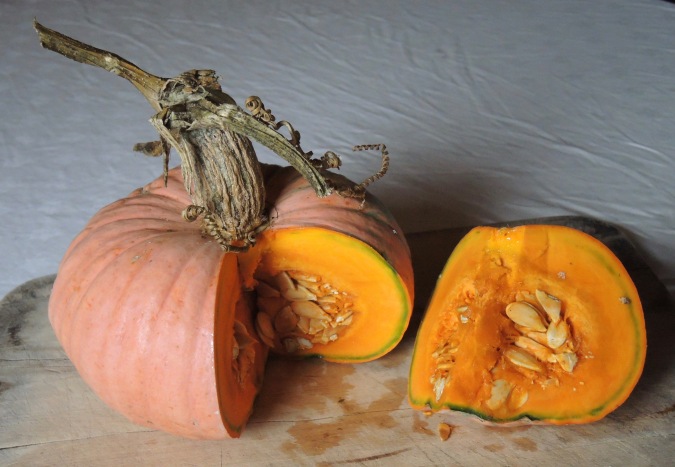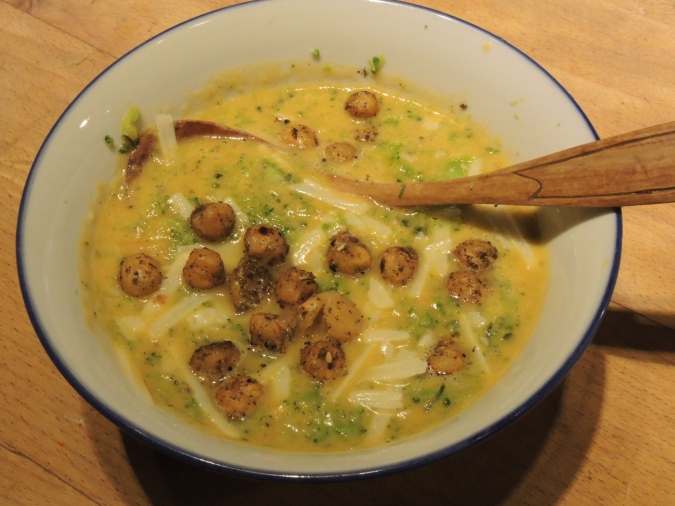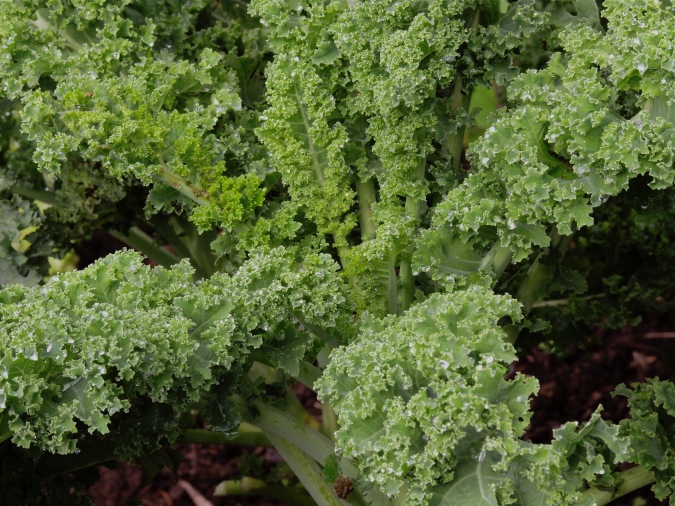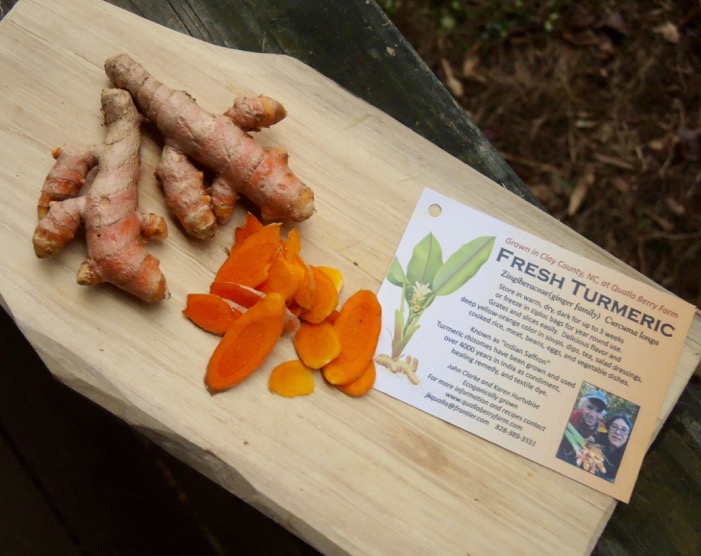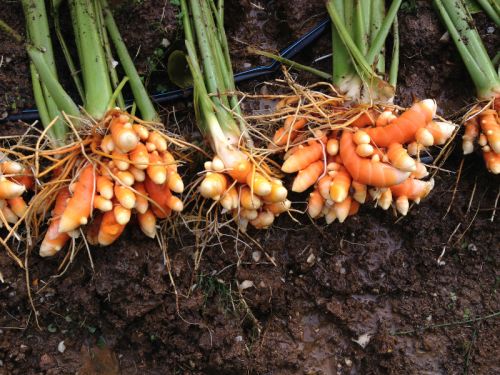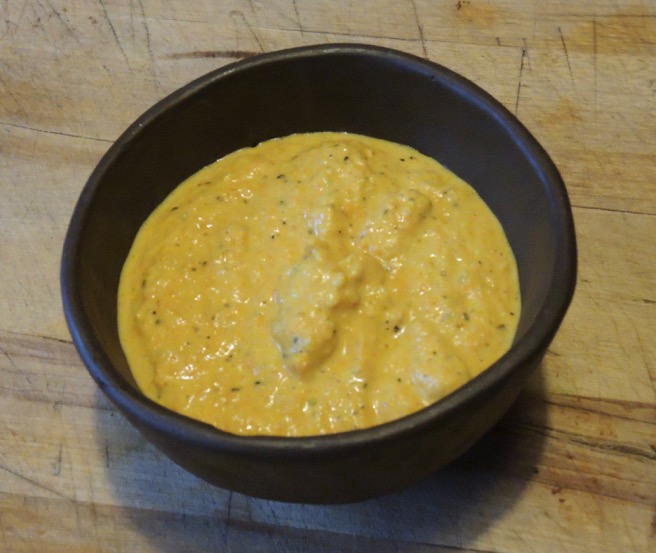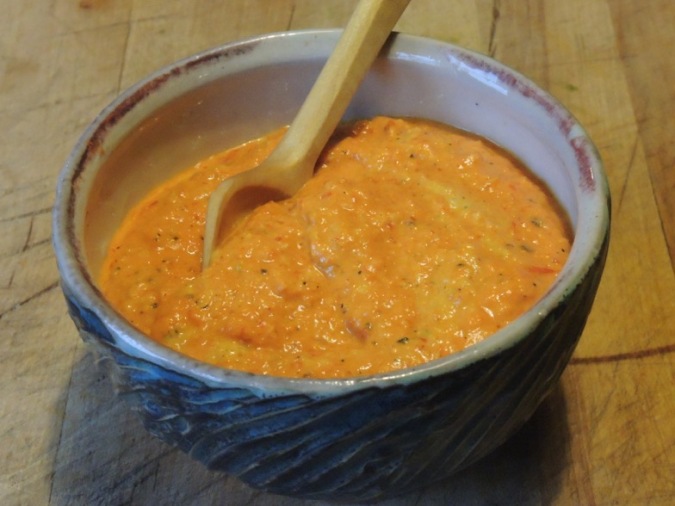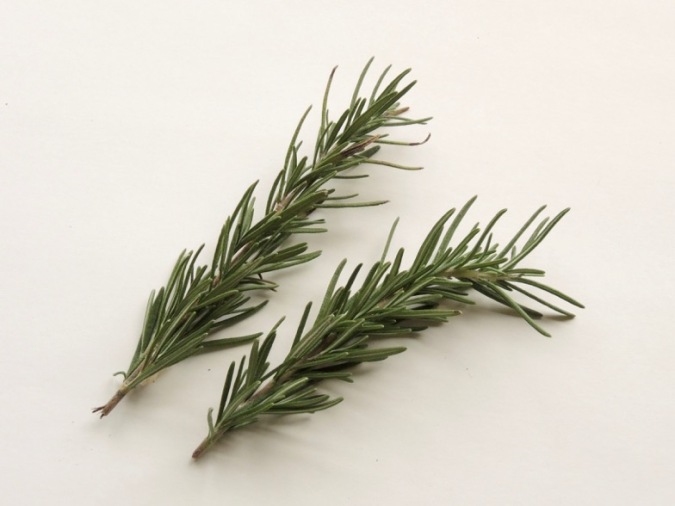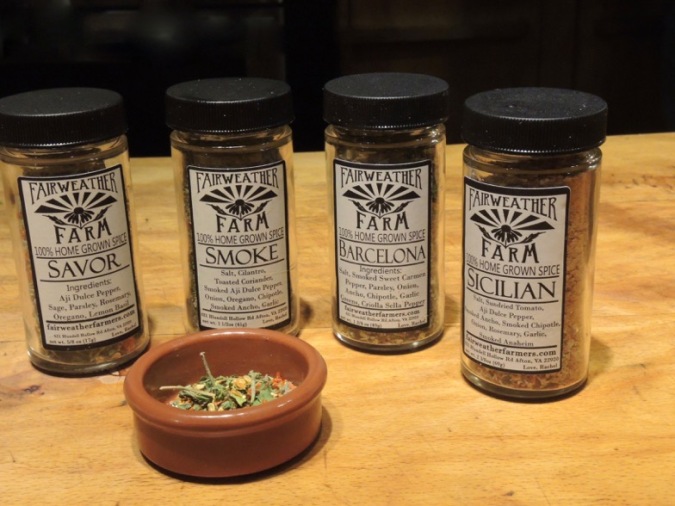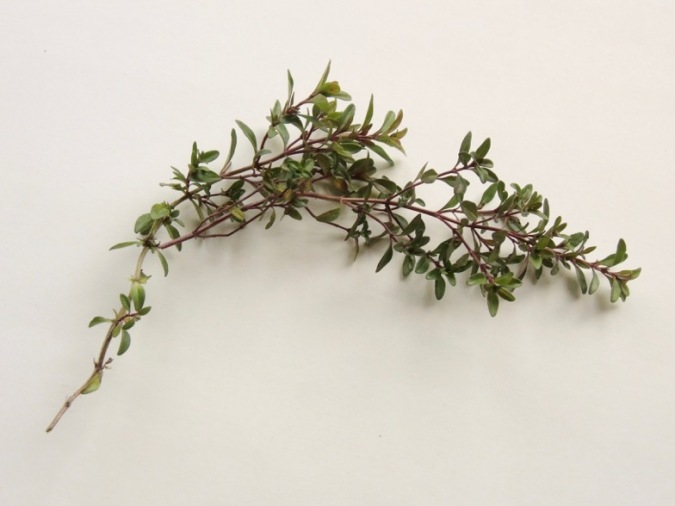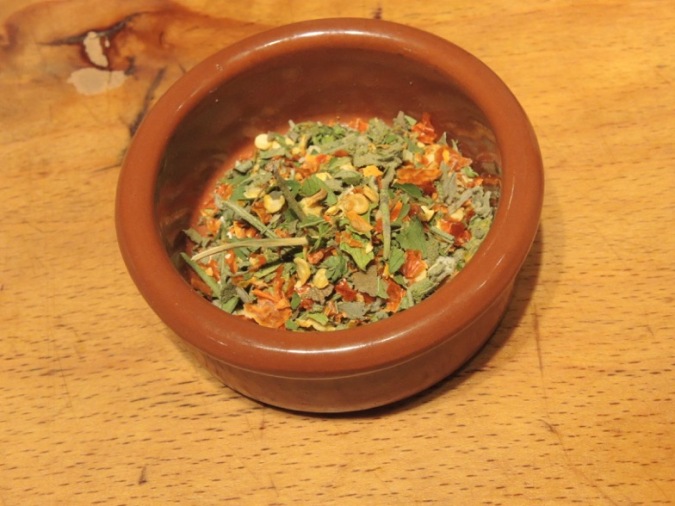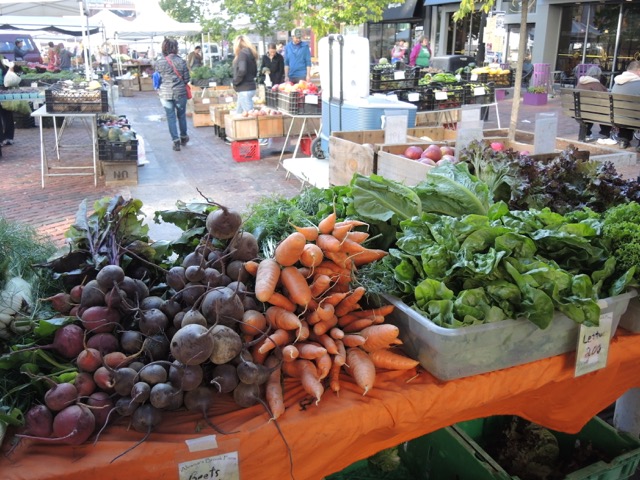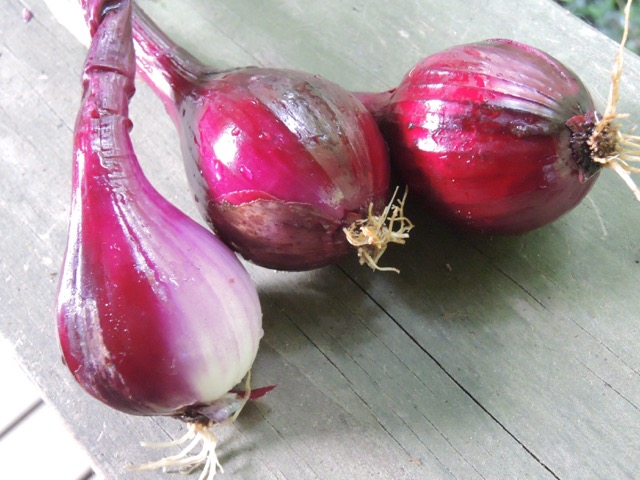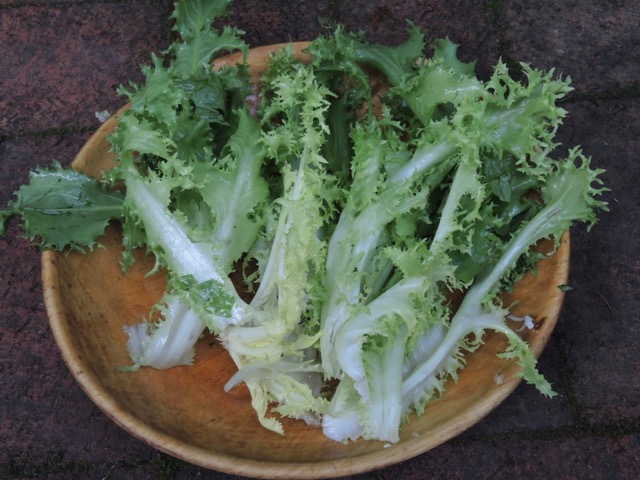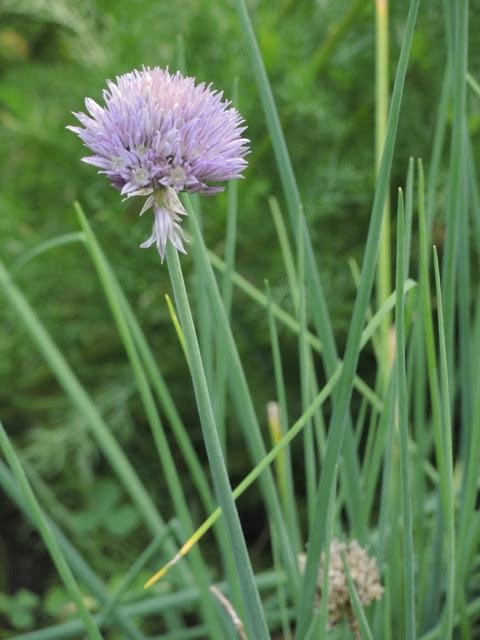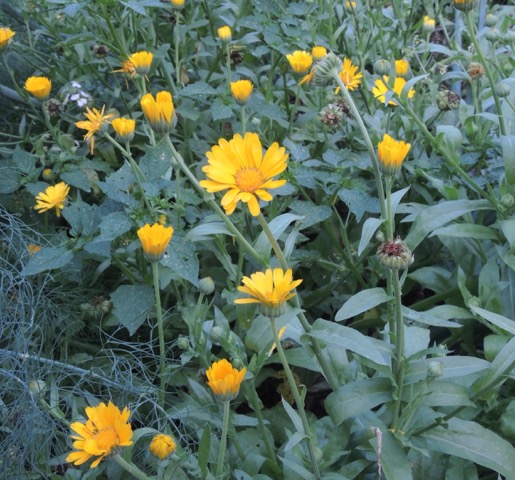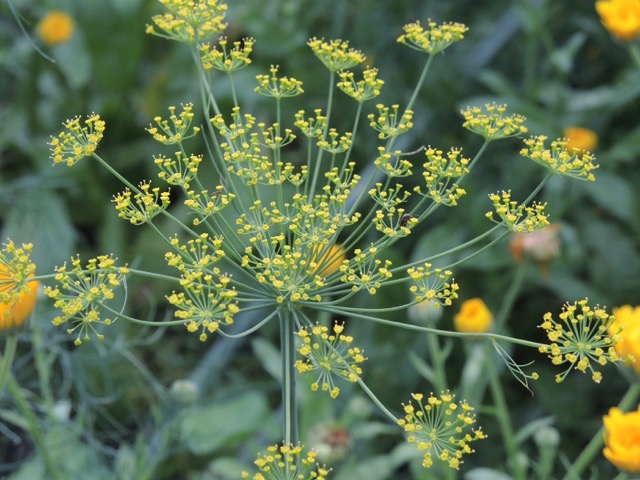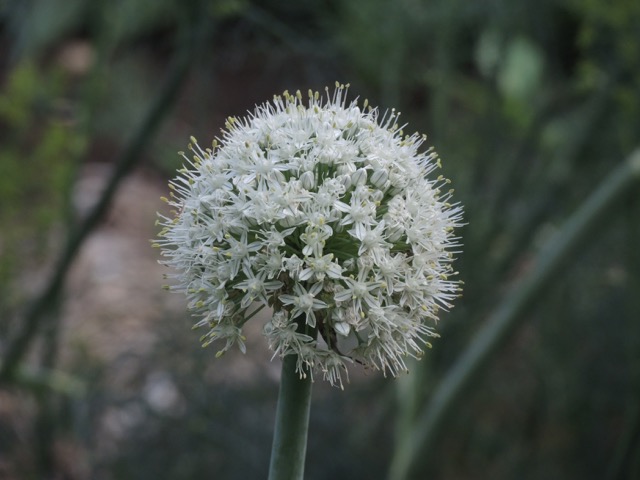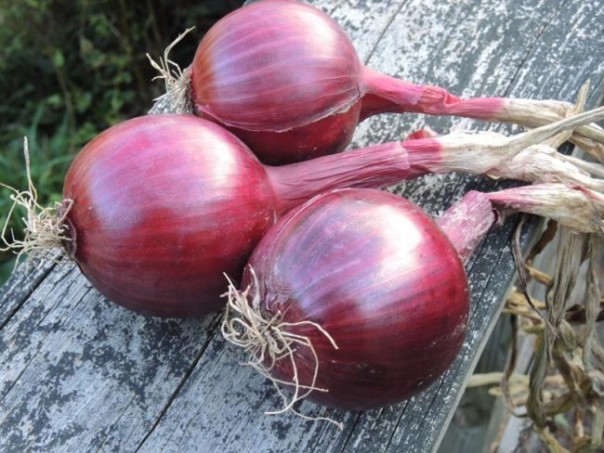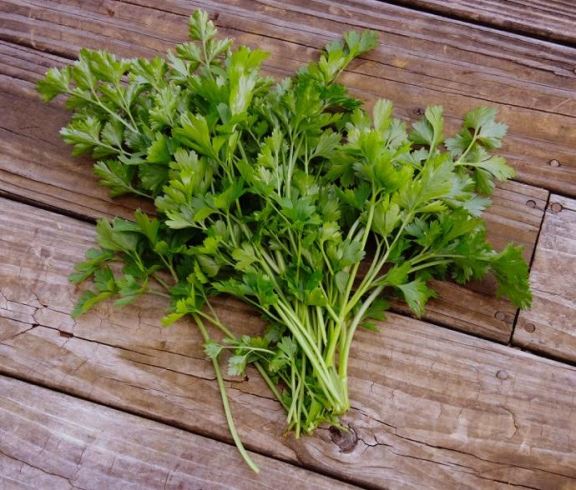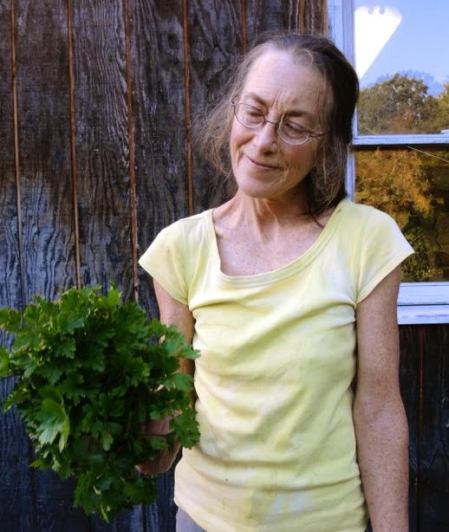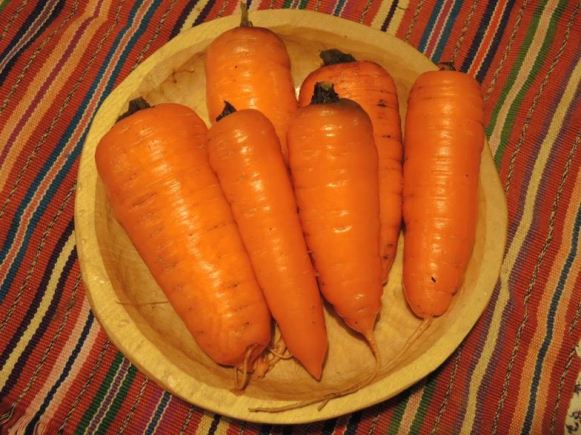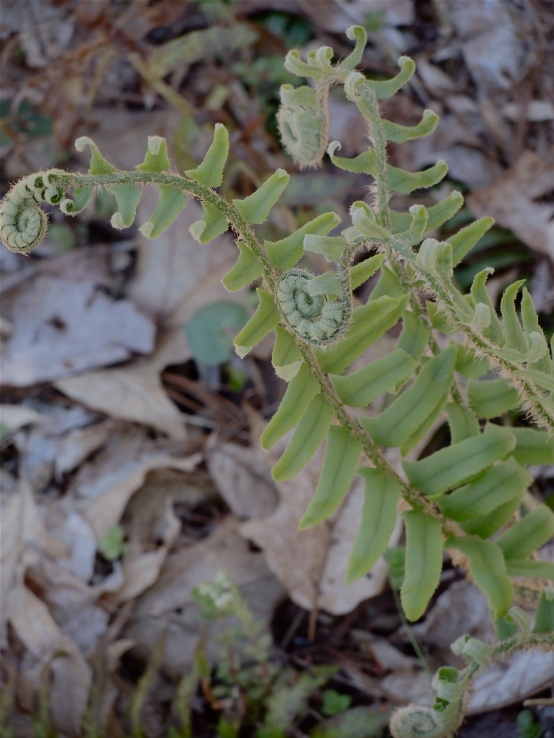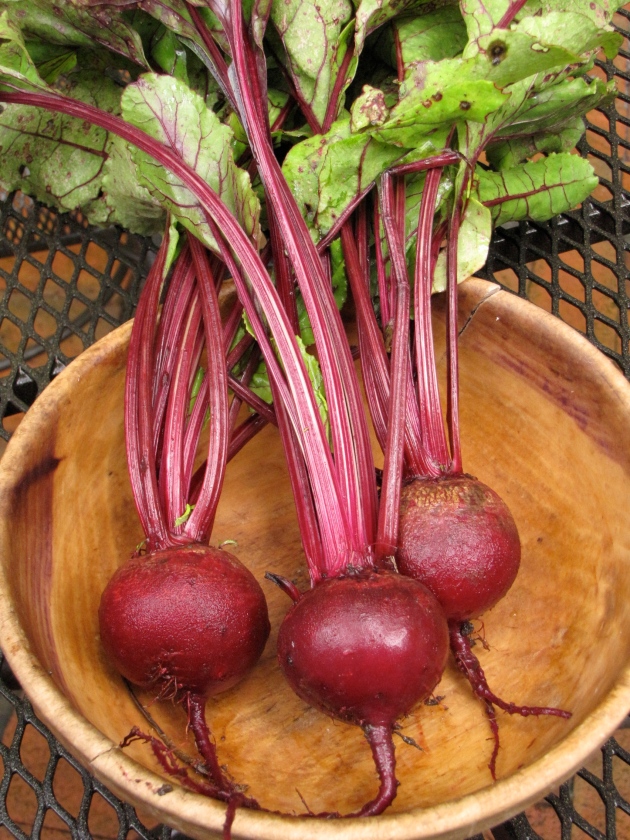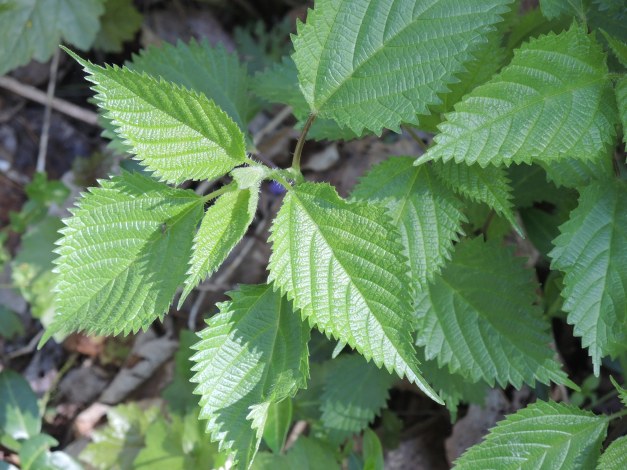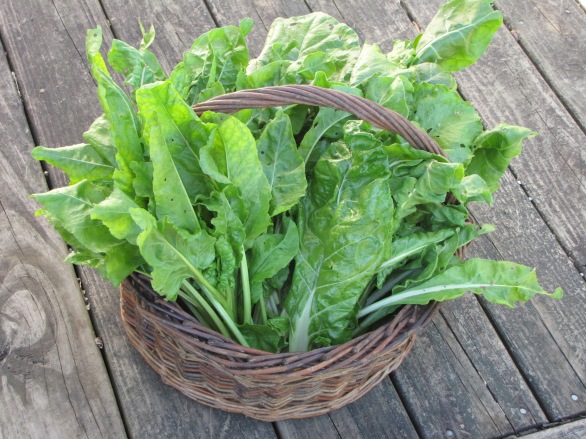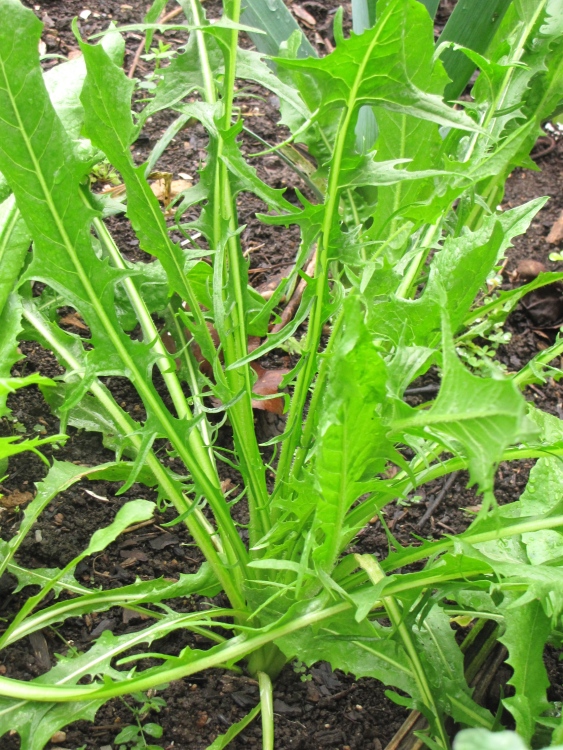Luci and her husband Joaquin own a small Mexican grocery store where we often go to buy tortillas, masa harina, avocados, dried chiles, limes, and other ingredients for Mexican dishes. One of the first times I was in their store, I spotted several bins of unfamiliar varieties of dried beans. As I was pondering my choices, Joaquin disappeared into the back room and came back with a small bowl of freshly cooked beans. “Here,” he said, offering me the bowl. “My wife just cooked these, and you can see what they taste like. She puts a dried chile in the pot while they cook to make them taste really good. She is a very good cook.” He was right, and I bought a bag of those beans.
Some time later, Drew discovered that Luci makes delicious tamales on special order. A customer had failed to pick up his order, so Joaquin asked Drew if he would like to take them. Of course he did, and soon a bag of tamales was put aside in the freezer for us whenever Luci had extra. Even better, Luci agreed to come to our house and show me how to make this wonderful celebration food.
Tamales are perfect special occasion, or fiesta food because they are richly delicious and fun to make. The preparation is somewhat lengthy and best accomplished with several helping hands and a pitcher of Sangria. The tamales need to steam for 1 1/2 hours, so you may as well make a lot and get some help making and eating them. Have a tamales party!
That’s what I did. I invited friends to help cook and eat, Suzy made Sangria, and Luci arrived with her son Bryon to help translate for us. They brought ingredients for three different kinds of tamales and two different salsas, and soon we had pots boiling, spices toasting, masa mixing, and cornhusks soaking. A feast was on its way.
The Corn Husks
When Luci first came to the United States 20 years ago, she couldn’t find cornhusks for sale so she used aluminum foil to wrap her tamales. But dried cornhusks are commonly available now, and they make an exceptionally pleasing and aromatic wrapper. Four oz. dried cornhusks will wrap 16 tamales.
Rinse the dried cornhusks off in the sink. Place them in a large bowl and cover with hot water. Weigh them down with a plate and allow to soak for at least an hour.
Masa for Tamales
If fresh masa is available, use it. Otherwise, use coarse-ground dehydrated masa harina labeled for making tamales, rather than fine-ground masa used for tortillas. Two cups dried masa will make 16 to 20 tamales. Luci grew up making tamales in her home state of Hidalgo, Mexico. She doesn’t measure. She just pours out a small mountain of masa, covers the peak with salt, works in a few handfuls of soft lard, and adds water from the tap until the consistency feels right. The batter should be soft and spreadable, but not runny.
Ingredients: 2 cups dried masa harina for tamales, 1 tsp salt, 1/2 to 2/3-cup pure lard, 1 2/3-cup warm water or broth (possibly more), 1 tsp baking powder (optional)
Luci mixes her batter entirely with her hands. She starts with the masa and salt, and then works in room-temperature lard, adding warm water in stages until the dough is like soft cookie dough. Using broth in place of water makes a more flavorful batter.
Pork and Red Chile Sauce Filling
For the pork: 1/2 lb boneless pork shoulder, trimmed and cut into 1-inch cubes, 1 1/2 cups water, 1/2 tsp salt
Put the pork in a saucepan with the water and salt. Bring to a boil, reduce the heat and partially cover; simmer over medium-low heat for about one hour, or until the meat is fall-apart tender. Drain (reserve the liquid for making masa or other use). Shred the pork, using fingers or 2 forks.
Red Chile Sauce: 12 allspice berries, 12 black peppercorns, 6 whole cloves, 4 oz dried guajillo chiles, 3 or 4 chiles de arbol, 1/2 tsp ground cumin, 1 large garlic clove, 1/2 tsp salt
Toast allspice berries, cloves, and black peppercorns on an iron skillet over medium heat until fragrant, 1 to 2 minutes. Shake the pan to prevent burning. Transfer to a small bowl. Seed and stem guajillo chiles and chiles de arbol. Rinse the chiles, then put them in a saucepan with 1 1/2 cups water. Bring to a boil, reduce the heat, and simmer until soft—about 1/2 hour.
Put the softened chiles, cooking water, toasted spices, cumin, garlic, and salt in a blender. Puree until very smooth. Season with salt to taste.
Chicken and Salsa Verde Filling
Any kind of cooked, coarsely shredded chicken can be used for the filling. I used the meat from a pot-roasted bird cooked in our wood-fired outdoor oven. Cooking the meat slowly results in a succulent texture perfect for tacos, enchiladas and tamales.
Rick Bayless’s Poached Chicken (more or less)
Bring 8 cups water to a boil in a large stockpot. Add a thickly sliced white onion, 2 peeled and sliced garlic cloves, a chopped carrot, and 1 tsp salt. Simmer 15 to 20 minutes. Add 2 chicken legs and 2 thighs, simmer a couple of minutes, and skim any foam off the broth. Add 2 bay leaves, 2 sprigs thyme, and a sprig of marjoram. Partially cover and cook over medium heat for 10 minutes. Add 2 breast halves and skim again, Partially cover and simmer 13 minutes. Remove the pot from the heat and allow the chicken to cool in the broth for a few minutes.
Remove the chicken pieces from the broth and set aside to cool. Strain the broth and reserve for making masa or other uses. Remove the skin and pull the meat from the bones in coarse shreds. Discard skin and bones.
Luci’s Salsa Verde
I am always amazed at how fresh and delicious this simple sauce is. Easy to make, too!
Ingredients: 8 to 10 tomatillos ( 12 oz), 4 or 5 serrano or jalapeno chiles, 1 bunch cilantro, 1 large peeled garlic clove, 1/2 tsp ground cumin, about 1/2 tsp salt
Remove the outer husks and rinse the tomatillos off in water. Stem and seed (optional) the chiles. Put the tomatillos and chiles in a pot with about 1 1/2 cups water and 1/2 tsp salt. Bring to a boil. Cook at a brisk simmer 5 to10 minutes, until softened. Add the garlic clove and simmer one or two minutes more. Take off the heat and cool slightly before transferring the mixture, including liquid, to a blender. Add roughly chopped cilantro and ground cumin; blend to make a smooth puree. Season with salt to taste.
Queso Fresco Filling
Queso Fresco is an un-aged Mexican cheese that is mild in flavor and crumbles easily—sort of like a non-salty feta or a lightly salted farmer’s cheese. Combined with some sautéed vegetables, it makes a tasty vegetarian filling.
Ingredients: 2 or 3 ripe plum tomatoes (about 1 cup sliced), 2 jalapeno chiles, 1 small white onion (1/2 cup sliced), 1 1/2 Tbs vegetable oil, salt, 3 oz crumbled queso fresco or other similar cheese
Prepare the vegetables: Cut the tomatoes lengthwise into 1/4-inch thick slices. Seed and thinly slice the chiles lengthwise. Cut the onion lengthwise into thin slivers. Warm the oil in a small skillet over medium low heat. Add the onion and chiles and season with salt; sauté 5 to 6 minutes, until softened. Add the tomato slices and cook a few more minutes.
Assembly Line
Here is where a lot of hands really help, and the party begins. You need a space to set out all the ingredients—platters of shredded meat or chicken or fish, bowls of sauces, crumbled cheese, and the sautéed or grilled vegetables.
Here is how to assemble a tamale: Choose the widest, nicest cornhusks for wrappers. Start by laying out a husk on the work surface and dry it lightly with a clean dishtowel. Spread a scant 1/4-cup of the masa dough into a roughly 4-inch square across the widest end of the husk. If the husk isn’t wide enough, you can add another piece of husk to extend it. Leave a 3/4-inch border along the bottom and side edges and at least 1 1/2 inches of the pointed end of the husk. Place a few strips of chicken or meat down the center of the masa and cover it with a Tbs. or so of the sauce. If using the cheese filling, place a little of the tomato-chile mixture down the middle and sprinkle on some crumbled cheese.
Folding: Fold each long side of the husk around the filling, enclosing it like an envelope. Fold the pointed end up to close the bottom. The package can be secured by tying a narrow strip of husk around the tamal and folded flap.
The wrapped tamales are cooked in a steamer. Fill the bottom of the steamer with 1 to 2 inches of water and bring it to a boil. Line the steamer insert with some extra strips of cornhusk and fill it with tamales, folded side down, in an upright position. If you don’t have enough tamales to fill the steamer, use extra cornhusks or crumpled foil to fill the space so that the tamales remain upright.
Put the tamales into the steamer, cover the pot, and steam the tamales over medium heat for 1 1/4 to 1 1/2 hours. The husk will peel away from the masa easily when the tamales are done. Turn off the heat and let the tamales sit a few minutes before setting them out on a platter to be devoured.
Serve with additional salsa, chopped cilantro, and lime wedges, if you wish.
Other wonderful tamale fillings: Strips of roasted poblano or other peppers, grilled or sautéed mushrooms, black beans and crumbled cheese, sautéed spinach or chard…just about any shredded cooked meat or cooked vegetables mixed with a little salsa or sauce.
